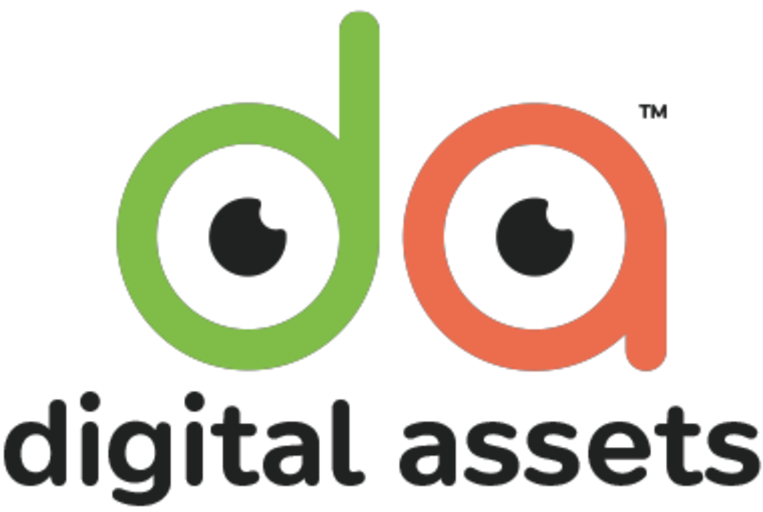03 Aug

In the competitive world of B2B (business-to-business) marketing, crafting an effective digital marketing B2B strategy is crucial for driving growth and establishing industry authority. Unlike B2C (business-to-consumer) marketing, B2B digital marketing involves targeting other businesses rather than individual consumers, which requires a unique approach. In this comprehensive guide, we’ll explore key components of a successful B2B digital marketing strategy and provide actionable tips to help you achieve your business goals.
Digital marketing b2b strategy
1. Understanding Your B2B Audience
Identify Your Ideal Client Profile
The first step in developing a B2B digital marketing strategy is to understand who your ideal clients are. Create detailed buyer personas by identifying:
- Industry: What sector does the target business operate in?
- Company Size: Is it a small, medium, or large enterprise?
- Job Roles: Who are the key decision-makers and influencers within the company?
- Pain Points: What challenges or needs does the business face that your solution can address?
Conduct Market Research
Utilize market research tools to gain insights into industry trends, competitor strategies, and customer behavior. This information will help you tailor your marketing efforts to meet the specific needs of your target audience.
2. Crafting a Compelling Value Proposition
Develop Your Unique Selling Proposition (USP)
Your value proposition should clearly articulate how your product or service provides value to other businesses. Highlight:
- Problem Solving: How does your offering solve a specific problem for your target audience?
- Benefits: What are the key benefits and features that set your solution apart from competitors?
- Results: Provide evidence of how your product has successfully helped other businesses, such as case studies or testimonials.
Align Messaging with Audience Needs
Ensure that your messaging resonates with your target audience by addressing their pain points and offering solutions. Consistent messaging across all digital channels will reinforce your brand’s value proposition.
3. Creating and Distributing High-Quality Content
Develop a Content Strategy
Content is central to B2B digital marketing. Develop a content strategy that includes:
- Blog Posts: Write informative articles that address industry trends, challenges, and solutions.
- White Papers: Provide in-depth reports on relevant topics to demonstrate your expertise.
- Case Studies: Showcase real-world examples of how your product has benefited other businesses.
- Infographics: Use visual content to convey complex information in an easily digestible format.
Content Distribution Channels
Distribute your content through various channels to reach your audience effectively:
- Website: Publish content on your blog or resources page.
- Social Media: Share content on LinkedIn, Twitter, and industry-specific forums.
- Email Marketing: Send newsletters and targeted email campaigns to your subscriber list.
4. Optimizing for Search Engines (SEO)
Keyword Research and Optimization
Conduct keyword research to identify relevant terms that your target audience is searching for. Incorporate these keywords into:
- On-Page SEO: Optimize your website’s meta titles, descriptions, headers, and content.
- Off-Page SEO: Build high-quality backlinks from reputable industry sites.
Technical SEO
Ensure that your website is technically optimized for search engines:
- Site Speed: Improve loading times to enhance user experience.
- Mobile Friendliness: Ensure your website is responsive and accessible on mobile devices.
- Site Structure: Implement a clear and logical site structure with easy navigation.
5. Leveraging Paid Advertising
Google Ads
Run targeted Google Ads campaigns to capture search traffic from businesses looking for solutions. Focus on:
- Keyword Targeting: Use relevant keywords to reach potential clients.
- Ad Copy: Craft compelling ad copy that highlights your value proposition.
LinkedIn Ads
Utilize LinkedIn’s advanced targeting options to reach specific industries and job roles. Consider:
- Sponsored Content: Promote your content directly in the LinkedIn feed.
- InMail: Send personalized messages to decision-makers and influencers.
6. Engaging Through Social Media
LinkedIn is a powerful platform for B2B marketing. Engage with your audience by:
- Sharing Thought Leadership: Post articles, insights, and industry updates.
- Participating in Groups: Join relevant LinkedIn groups and contribute to discussions.
Use Twitter for real-time updates and industry news. Engage with your audience by:
- Tweeting Regularly: Share valuable content and updates.
- Engaging in Conversations: Respond to mentions and participate in relevant hashtags.
7. Implementing Email Marketing Campaigns
Lead Nurturing
Develop email campaigns to nurture leads through the buyer’s journey. Use:
- Personalized Emails: Tailor messages based on recipient behavior and interests.
- Automation: Implement automated workflows to deliver timely content and offers.

Segmentation
Segment your email list based on factors such as industry, company size, and engagement level to deliver more targeted and relevant content.
8. Measuring and Analyzing Performance
Track Key Metrics
Monitor the performance of your digital marketing efforts by tracking key metrics:
- Website Traffic: Measure the number of visitors and their behavior on your site.
- Lead Generation: Track the number of leads and conversion rates.
- ROI: Assess the return on investment for your marketing campaigns.
Analyze and Optimize
Use analytics tools to gain insights into campaign performance. Continuously analyze data and make adjustments to improve your strategy and achieve better results.
9. Building Industry Relationships
Networking
Participate in industry events, webinars, and conferences to build relationships and showcase your expertise. Engage with other businesses and professionals to expand your network and enhance your brand’s visibility.
Strategic Partnerships
Form strategic partnerships with complementary businesses to reach new audiences and offer additional value to your clients.
Conclusion
A well-rounded B2B digital marketing strategy involves understanding your audience, crafting a compelling value proposition, creating and distributing valuable content, optimizing for search engines, leveraging paid advertising, engaging through social media, implementing effective email marketing, measuring performance, and building industry relationships. By focusing on these components, you can develop a successful B2B digital marketing strategy that drives growth and establishes your business as a leader in your industry.




